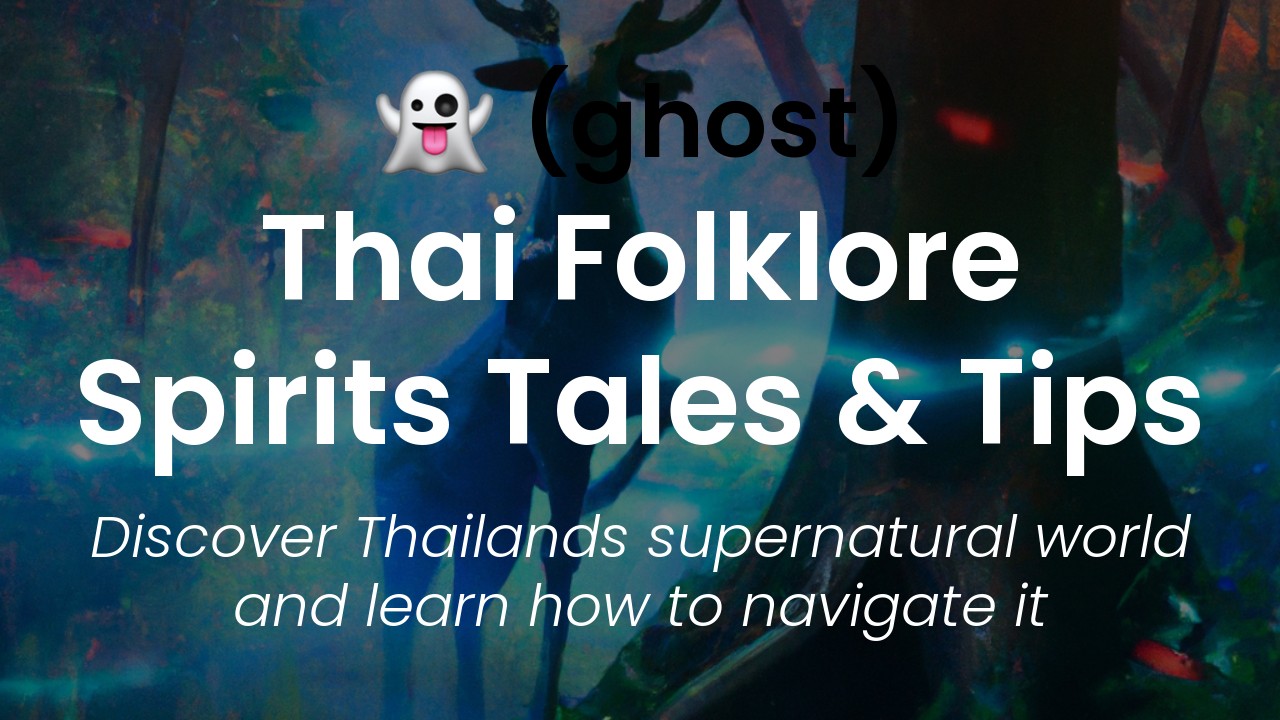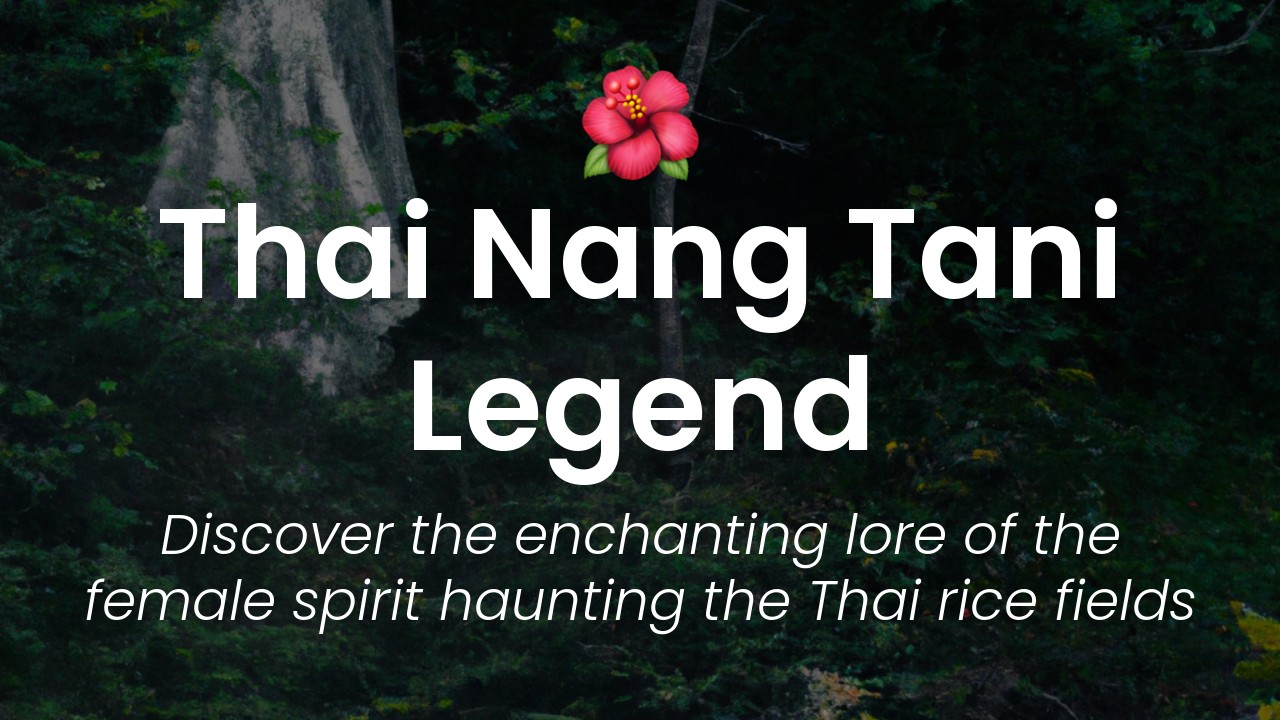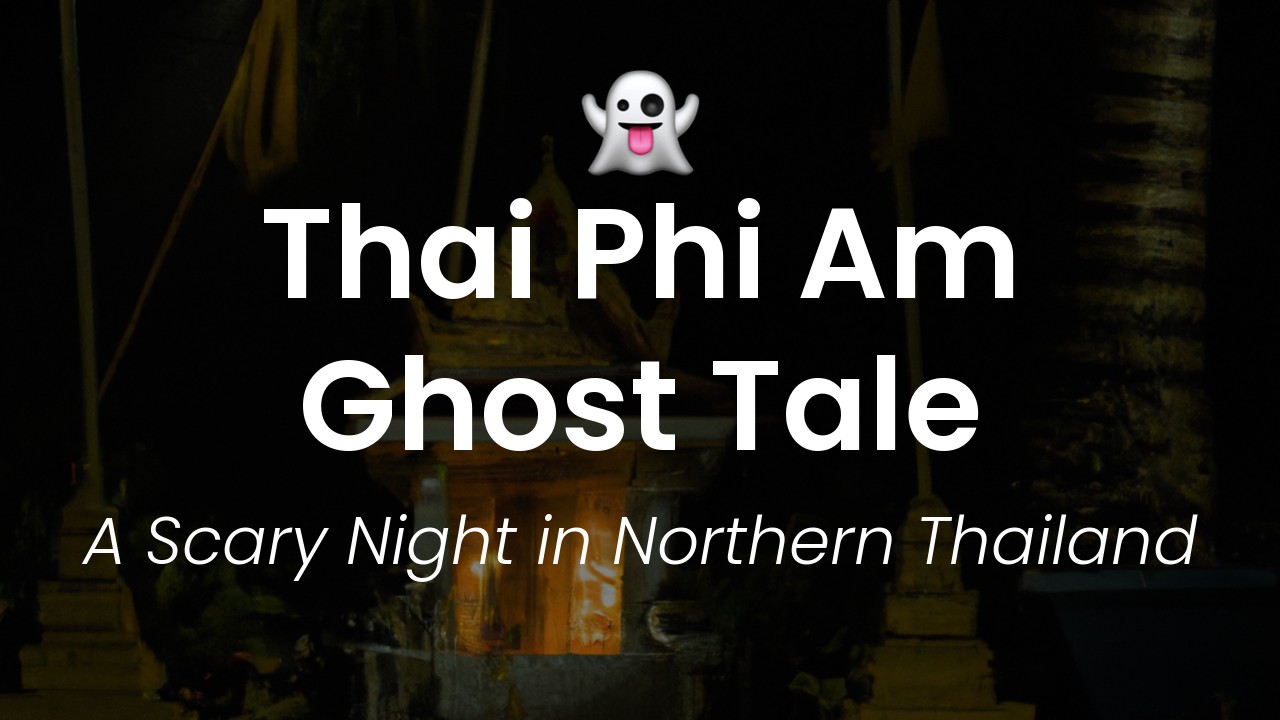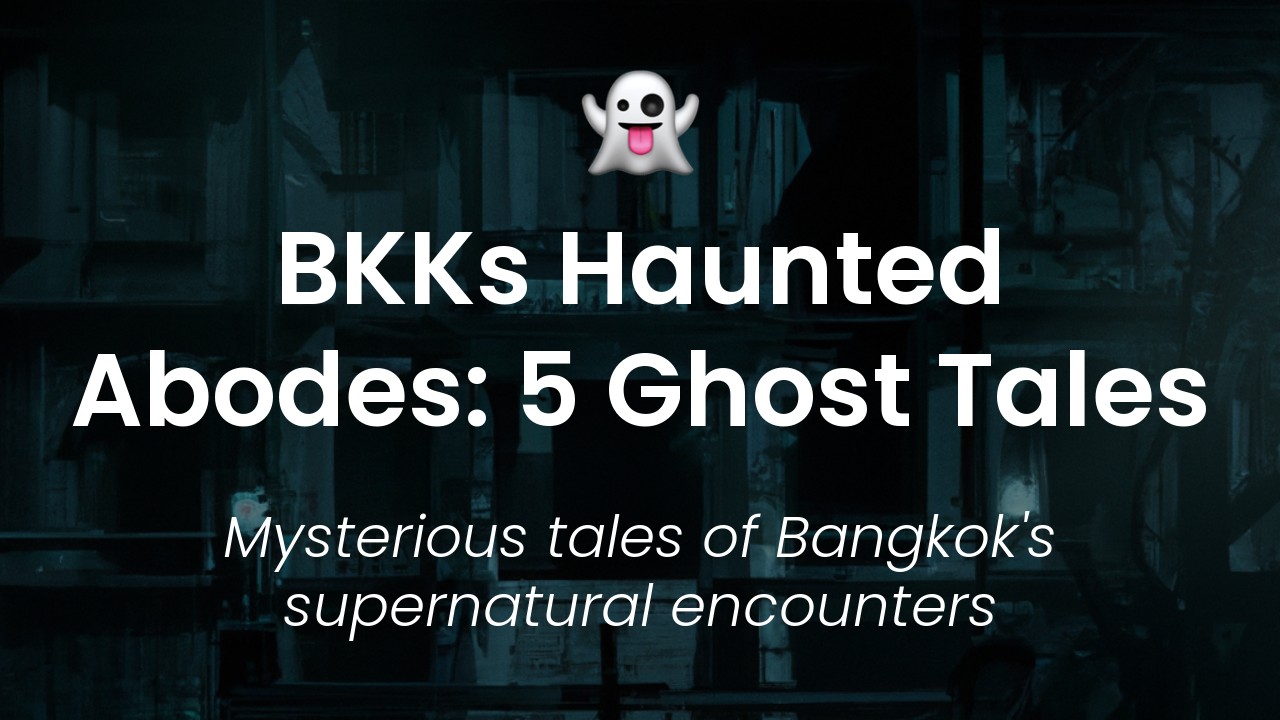Hi, I'm Sirinya, and welcome to my blog about Thai culture and tourism in Thailand. Today, I'm taking you on a journey to explore the ancient and mystical Thai Folklore Spirits. These spiritual beings come in many forms, from benevolent deities to mischievous spirits, and have long been revered and feared in Thai culture.
Thai folklore spirits are often associated with local customs, festivals, and even daily life. But, understanding their origins and characteristics can be challenging, especially for first-time travelers to Thailand. That's why I've compiled this article to help unlock the mystery of these supernatural creatures and provide tips for experiencing them firsthand.
Throughout this article, I'll share fascinating tales about some of the most intriguing Thai folklore spirits and reveal the best places to encounter them. You'll discover the story of the Chao Mae Tuptim, a fertility goddess worshipped in a shrine filled with phallic offerings. The tale of Mae Nak Phra Kanong, a ghostly bride who haunts the streets of Bangkok. And, the legend of the Naga, serpent-like guardians of temples and royal palaces.
So, get ready to delve into the world of Thai folklore spirits, where magic and reality intertwine, and the veil between the living and the dead is thin. You might be scared, amused, or inspired, but one thing is sure – you'll gain a greater insight into Thai culture and its unique spiritual heritage. Let's begin this journey together.
The Importance of Thai Folklore Spirits
Thai culture is deeply intertwined with folklore, particularly its rich tradition of spirits. Although these apparitions may seem like a myth to some, they play a vital role in Thai culture and religion. They represent the belief in supernatural powers, which are often behind everyday occurrences, from successful business ventures to personal life events. Here are some of the most notable Thai folklore spirits:
Nang Tani
One of the most famous spirits in Thai folklore is Nang Tani, also known as Lady of the Tamarind. This spirit is said to reside in large tamarind trees and takes the form of a beautiful woman with long hair. Nang Tani is a benevolent spirit, known to protect and assist those who respect the trees in which she resides.
According to folklore, those who cut down a tamarind tree without first asking permission from the Lady of the Tamarind may be cursed with misfortune. But those who show respect and offer gifts to her will earn her benevolence. Nang Tani's tamarind trees are usually found near temples and seen as a symbol of protection and prosperity.
Mae Nak
Another well-known spirit in Thai folklore is Mae Nak, sometimes called "The Ghost of Mae Nak Phra Khanong." Her legend dates back to the 19th century, and her story has been retold in countless mediums, including films, literature, and even plays.
Mae Nak's story is about a woman whose love for her husband is so strong that it survives beyond her death. She haunts the area where she died and continues to look for her husband until she is reunited with him. Mae Nak is known to be a benevolent spirit who always seeks to help her friends and loved ones, but she can be dangerous to those who are not respectful.
The Phi
The Phi is a category of supernatural spirits in Thai folklore. They are said to inhabit places like forests, rivers, and homes, and they can take many forms, including animals, humans, and even inanimate objects. Although some spirits are good, others are dangerous and can cause misfortune or even death. The Phi can be placated through rituals and offerings such as lighting incense, hanging flags, and leaving food and drink.
Haunting Tales of the Phi
Thailand's folklore spirits have been the subjects of many tales throughout history. These stories have been passed down orally from generation to generation, and they have become an essential part of Thai culture. Here are some of the most haunting tales of Phi:
Phi Kong Koi
Phi Kong Koi is said to make the sound of a frog croaking and can be found near rivers or small ponds. It often attaches itself to people and brings them bad luck or even death. The only way to rid oneself of Phi Kong Koi is to perform a ritual with a spirit medium or a monk.
Phi Krahang
This spirit is described as having a wrinkly face, little hair, and a long tongue. It is said to have an insatiable appetite for human excrement and enjoys disturbing people by making vulgar noises. If they hear a Phi Krahang nearby, people are advised to remain still, close their eyes, and pray for protection.
Phi Tai Hong
Phi Tai Hong is a wandering spirit who usually appears at night dressed in traditional attire. It roams around, looking for food and sometimes takes a particular interest in pregnant women. If it shows up at your doorstep, it's essential to show it respect. Otherwise, it might bring disease or death.
Travel Tips: Respect and Decorum in Thai Culture
When traveling to Thailand, it's important to show respect for the country's culture and beliefs. Here are some tips to keep in mind when visiting:
Respect the Spirits
As previously mentioned, Thai culture is deeply intertwined with spirits, and it's essential to be respectful of them. Always ask permission before entering a spirit house or shrine, and don't step on any offerings or food left for the spirits.
Dress Appropriately
When visiting temples or other sacred sites, it's important to dress modestly. Wear clothing that covers your shoulders and legs. If you forget, you may be asked to rent appropriate clothing before entering.
Learn Basic Phrases
Knowing a few basic phrases in Thai can go a long way in showing respect for the country's language and culture. Learn how to say "hello," "thank you," and "excuse me," among other phrases.
Don't Touch People's Heads
In Thai culture, the head is considered the most sacred part of the body, so it's considered disrespectful to touch someone's head. Additionally, pointing with your feet or sitting with the soles of your feet facing someone is considered rude.
Participate in a Ghost Festival
If you're interested in immersing yourself in Thai culture, participating in a ghost festival is an excellent way to do so. These festivals are held throughout the country, typically in the summer, and are dedicated to venerating and appeasing spirits.
One of the most famous ghost festivals is Phi Ta Khon, held in Loei Province. It's a three-day event featuring parades, music, traditional performances, and men dressed in colorful and elaborate ghost costumes. It's a unique and exciting way to experience Thai folklore and culture.
Visit a Spirit House
Thailand's landscape is dotted with spirit houses, small, elaborate, and ornate structures designed to serve as homes for the spirits who protect the land. These houses are typically adorned with offerings like flowers, rice, and incense.
Visiting a spirit house can be an informative and spiritual experience. It's also a way to show respect for the country's culture and folklore. If you're unsure about the proper etiquette, ask a local or guide for guidance.
Final Thoughts: Understanding and Appreciating Thai Culture
Unlocking the Mystery of Thai Folklore Spirits can be a fascinating and rewarding experience. It allows for a more in-depth understanding of Thai culture, reinforces the importance of respect and decorum, and provides insight into a unique and vibrant world of spirits and superstition.
When traveling to Thailand, taking the time to learn about and appreciate its culture is essential. Becoming immersed in Thai folklore is a perfect way to do so, as it highlights the underlying beliefs and values that shape the country.







